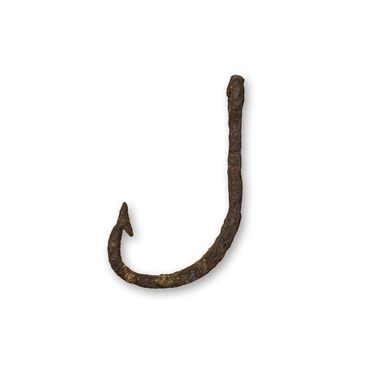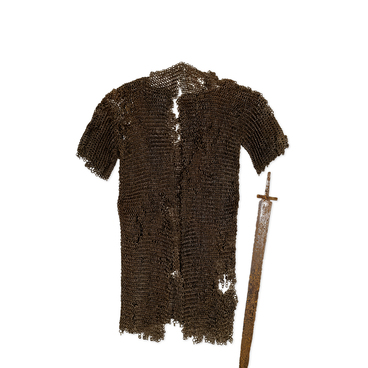The territory of the Don region during the early Iron Age was ruled by the Scythians, a group of warriors who left a significant impact on human history. These warriors were armed not only with bows and arrows but also with short iron swords — the akinakes.
These were double-edged blades with a length ranging from 40 to 60 centimeters and were used for close-quarters combat by foot soldiers.
There are three theories regarding the origin of the Scythian sword and its shape. The first theory suggests that the design was adopted by the Scythians from ancient Iran, possibly from the Persians or Medes. The second theory proposes that the sword evolved from bronze daggers belonging to the Siberian Karasuk culture. The third theory posits that the prototypes for Scythian swords may have been bimetallic daggers and swords of the Kabardino-Pyatigorsk type, which were widespread in the Caucasus during the 8th and first half of the 7th century BCE.
Many typical Scythian swords from the 7th and 6th centuries BCE were entirely forged from iron and had a groove on the hilt, which was formed on a special mandrel. The blade’s cross-section could be lenticular or rhombic, which was necessary for the blacksmith to make the stiffening rib.
Metallurgical analysis of Scythian blades has revealed that cementation, or deliberate carburizing of both raw materials and finished products, was frequently used to enhance their properties. In some cases, the stacking process was employed, in which strips of iron with varying carbon content were utilized to create the blade. A more carbon-rich metal was used for the working portion of the blade. Blades of these swords were characterized by increased plasticity and flexibility.
One of the significant aspects of Scythian swords was their involvement in rituals. The sword was used to formalize contracts or oaths, and it also served as a symbol of the war god. The ancient Greek historian Herodotus provided detailed descriptions of rituals involving blood sacrifices to the war deity. In ancient times, the sword was deemed to have a special significance as the guardian of military power and a symbol of royal authority, which is likely why scientists have only found swords in the graves of Scythian kings and most renowned warriors. Finds of Iron Age swords of Scythian origin have become more frequent in the Voronezh region. This area, in particular the Middle Don region, was one of the hubs for the spread of Scythian culture.



